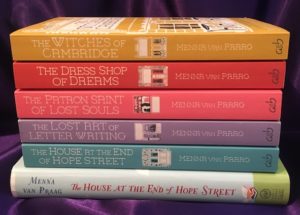 I can’t even remember how I stumbled across English author Menna van Praag’s first novel, The House At the End of Hope Street, but I bought it in hardback not long after its release in 2013, and really loved it. Since then I’ve read her other four magical realism novels as soon as they came out, and adored them too – The Dress Shop of Dreams, The Witches of Cambridge, The Lost Art of Letter Writing and The Patron Saint of Lost Souls.
I can’t even remember how I stumbled across English author Menna van Praag’s first novel, The House At the End of Hope Street, but I bought it in hardback not long after its release in 2013, and really loved it. Since then I’ve read her other four magical realism novels as soon as they came out, and adored them too – The Dress Shop of Dreams, The Witches of Cambridge, The Lost Art of Letter Writing and The Patron Saint of Lost Souls.
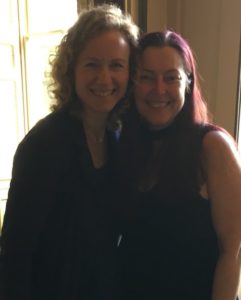
I interviewed Menna a few years ago for an article about audiobooks, and when Juz and I went to Cambridge not long after (mostly thanks to Menna’s books, which so enchantingly describe her hometown), we caught up briefly, and she is as lovely as her stories. Last year we drove halfway across England for the day to see her presentation on faery tales and feminism at a writing festival, and had an awesome lunch chatting about politics, travel, books and tea. We also talked about her upcoming book The Sisters Grimm, her first foray into darker fantasy, which came out in the UK last month, and is out in the US this week. It’s been described as YA urban fantasy with a strong cast of female leads, and a faery tale for the #metoo era.
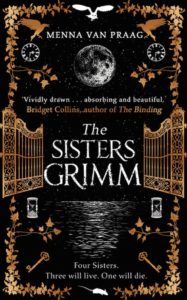
And it was her daughter’s birth that inspired Menna’s journey into crafting her own original faery tale story.
The Sisters Grimm was born with my daughter. I’d never directly approached writing or re-writing faery tales before, but they’d always seeped unbidden into my work anyway. Like most readers, I’d already learnt the tales by heart as a child, they were the foundations of my storytelling lexicon. It was natural then that when Raffy wasn’t sleeping I began telling her my own versions of the faery tales I’d learned as a little girl. I whispered the stories of Cinderella, Red Riding Hood, Snow White, Beauty and the Beast… But, wanting even my daughter’s earliest sensibilities to be fortifying, I changed the protagonists into more empowered versions of the ones I knew, and their stories into ones that ended with self-actualisation rather than marriage.
Soon, I started to write them down. And, to my surprise, I found something different about story-telling at night. Enchanting. Elemental. Surreal. The darkness, the stillness, gave a different quality to my words. I’d only ever kept respectable daytime hours while writing novels and perhaps this was why I always stuck to the safe realms of magical realism before, never venturing into fantasy. Now it didn’t seem such an incredible step from one dream world into another.
Sometimes at night, while imagining stories in my mind I’d be walking my daughter around the garden – it was full of trees and ivy, like an enchanted forest. It was autumn and the leaves were falling and the air was chill. And being in this mental state of childhood and delirious and hallucinogenic with lack of sleep I started thinking of the characters in these stories – Cinderella, Red, Snow and Belle – as my fictional daughters, and as each other’s sisters. Thus the Sisters Grimm were born.
“The Sisters Grimm are daughters of air, born of dreams and prayer, faith and imagination, bright-white wishing and black-edged desire.”
Now my daughter is nearly four and I read her sanitised versions of these faery tales. She’s enthralled by them and, I’m sure, will be for the rest of her life. I think we’re so enchanted by faery tales for several reasons. Firstly, because they’re so simple and the characters so two-dimensional that we can easily put ourselves in their place. This is especially useful because faery tales are so short and ripe for our own personal embellishment.
Thus virtually every girl (and a good many women) dreams of living Cinderella’s story, for example. Secondly, the imagery is so vividly simple. We don’t get purple prose here. Snow White has black hair and red lips, Red Riding Hood has a red cloak, Rapunzel has golden hair, while Cinderella’s features aren’t described at all. We’re only told, as with so many of the fairy tale heroines, that she is “beautiful”. And so, we can picture them each as we wish and, all the more easily, put ourselves in their place. I believe this is why they lend themselves so well to both childhood games and adult fantasies…
Connect with her on Facebook here.
Discuss favourite books on Instagram.
And come chat with her on Wednesday April 1 at our online launch.
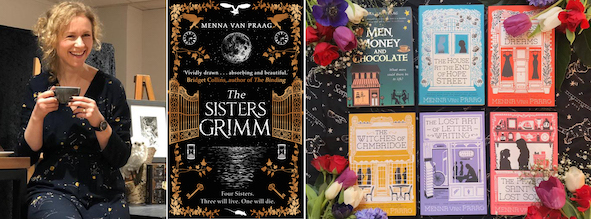
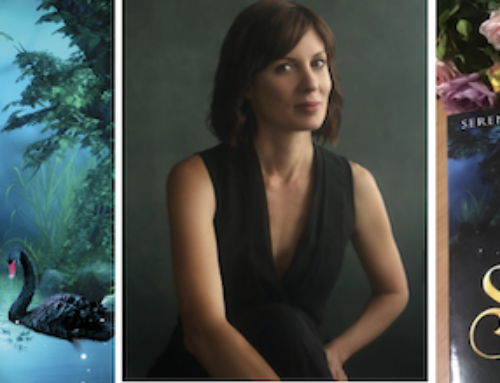
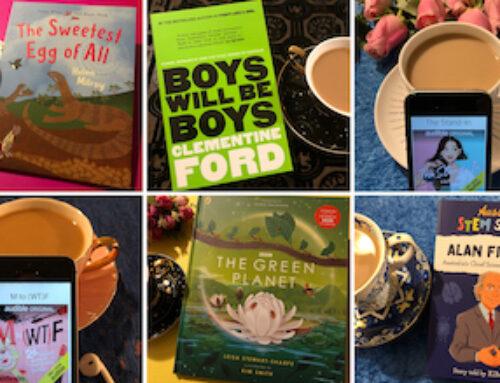
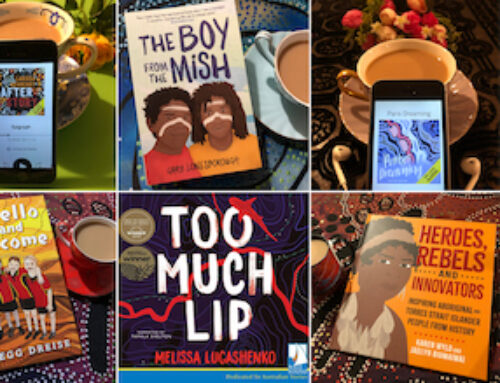
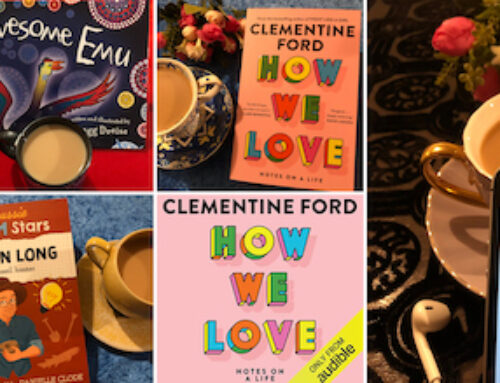
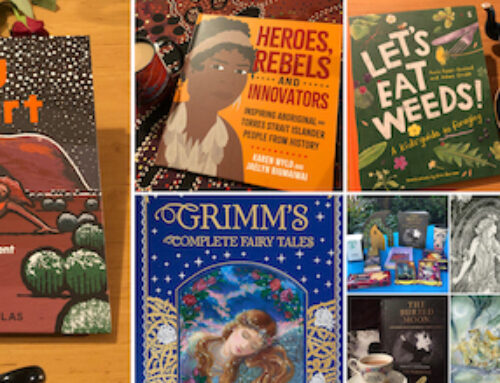


Get Social